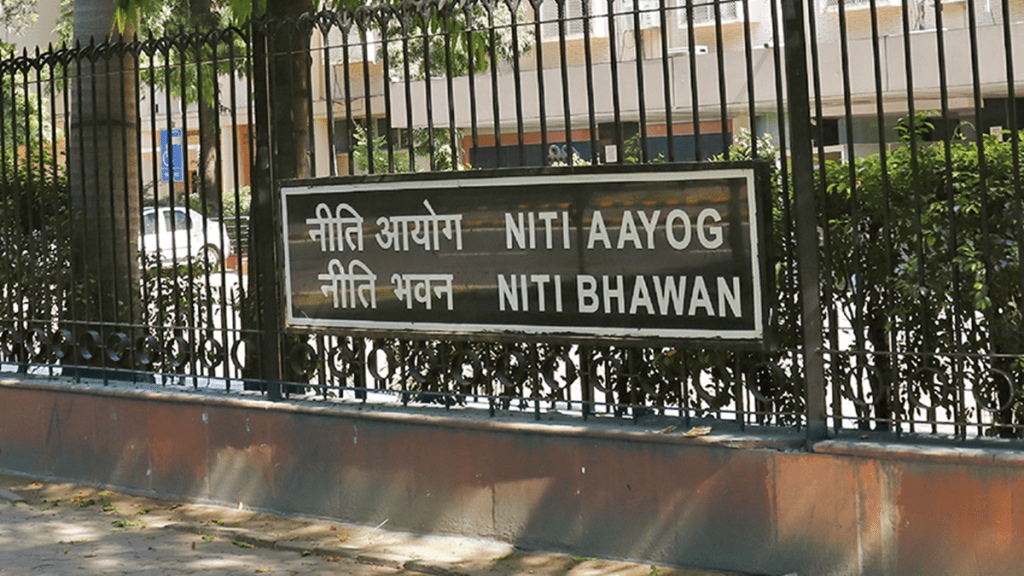The NITI Aayog is planning to rope in an agency to conduct a study on finding ways to maximise the non-fare revenues (NFR) for the Indian Railways. In an expression of interest document, the government’s think tank said that the objective of the study is to enable Indian Railways to significantly enhance its NFR streams, thereby improving financial sufficiency and reducing reliance on traditional revenue sources – freight and passenger services.
The study will entail a detailed analysis of the existing revenue sources in addition to identifying new areas that can be tapped by the railways. “The study will analyse in detail all current NFR sources, including but not limited to advertisements (on trains, stations), land monetisation, commercial spaces at stations, parking, kiosks, ATM installations, waste-to-revenue initiatives and any other existing non-fare generating activities,” the EoI noted.
The document outlined a bunch of new potential revenue areas as well. This includes asset-based monetisation, service-based monetisation, partnership models and sustainability-linked models. Within the partnership models, the NITI Aayog has proposed to enhance the public-private partnership (PPP) arrangement by drawing lessons from the existing station redevelopment projects.
Currently, the railways generates revenues primarily from passenger and freight operations. Though there’s an uptick in the NFR segment as well in the recent years. Through initiatives like advertisements on railway overbridges, e-auctioning of monetisable asset, the transporter has generated NFR of Rs 588 crore in FY24 and Rs 687 crore in FY25. In addition, the Rail Land Development Authority (RLDA) has actively contributed to NFR and generated Rs 1,371 crore in FY25 from asset monetisation, including commercial and residential developments, redevelopment of railway colonies and building multi-functional complexes.
However, the think tank said that the potential of a specialised scheme – New, Innovative Non-Fare Revenue Ideas Scheme (NINFRIS), which was launched in 2018 to promote new ideas and concepts for enhancement of non-fare revenue – remains substantial untapped.
“This study is commissioned to conduct a comprehensive and data-driven analysis to identify, evaluate, and propose actionable strategies for maximising NFR, aligning with NITI Aayog’s vision for efficient resource utilisation and accelerated economic growth,” the EoI said.
To be sure, the Indian Railways generates just about 3% of its revenue from non-fare revenue which is much lower than developed countries where the NFR are in the range of 30%.


